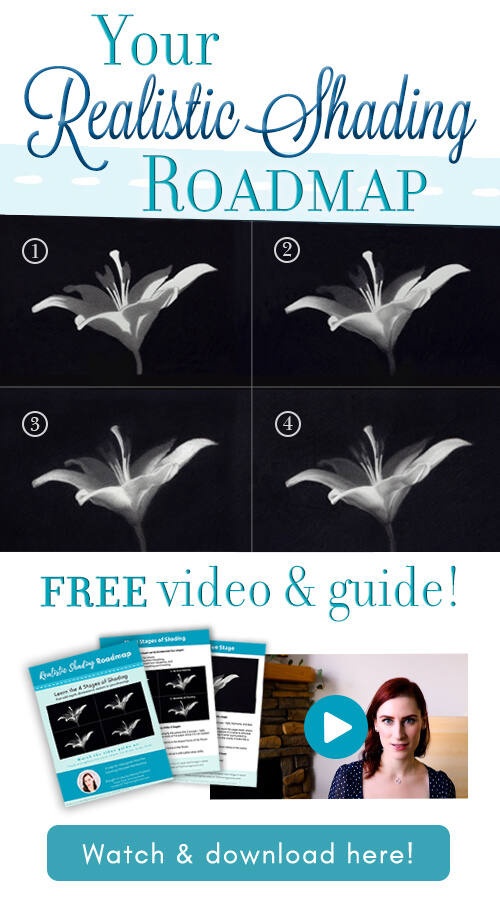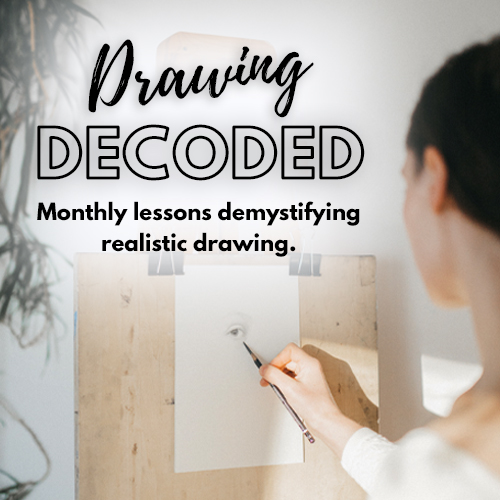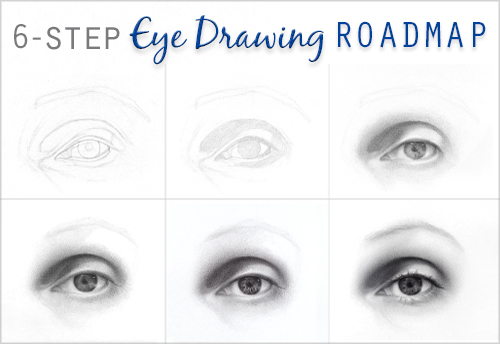How to Make Toned Paper
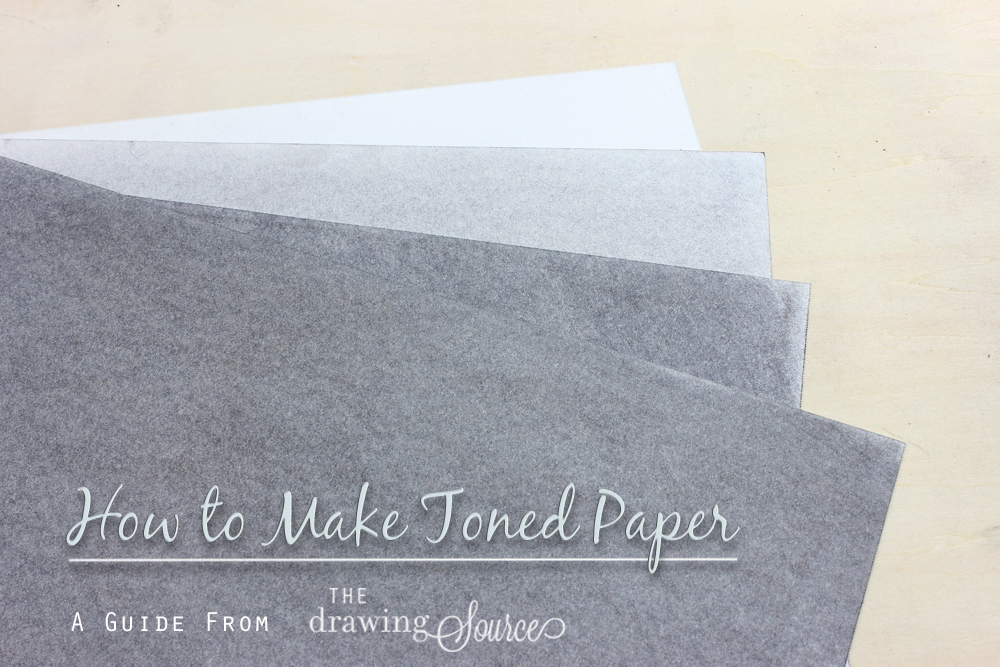
Toned paper simply refers to paper that has a value other than white. It often comes in shades of gray, tan, black and blue, and is made by many excellent brands such as Strathmore and Canson.
Why choose to make toned paper instead of buying it?
I make toned paper to create blended black and white charcoal drawings, which you can view a tutorial on here. Using black and white charcoal in combination gives drawings a beautiful, silvery surface quality and a bluer, cooler temperature than regular charcoal on its own.
The process is also quite unique in that it involves no erasing - instead, it is an entirely additive process. Lighter values are added using white charcoal, and darker values using regular charcoal.
It's a very convenient technique for both quick-sketching (as shown in the drawings below), and longer, more finished drawings.
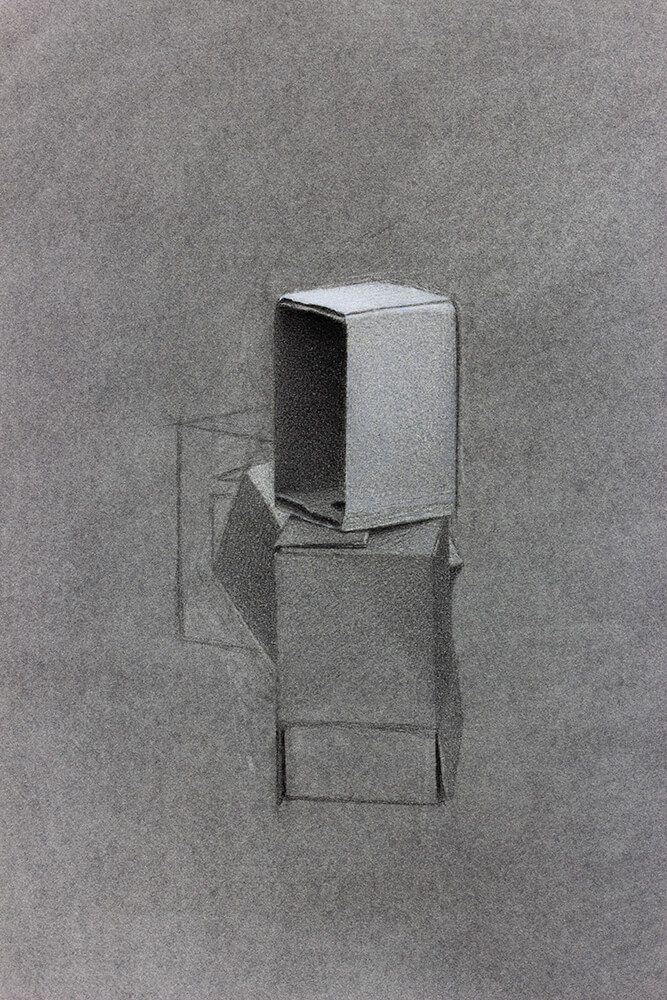 Quick sketch of cardboard boxes using black and white charcoal on homemade toned paper
Quick sketch of cardboard boxes using black and white charcoal on homemade toned paper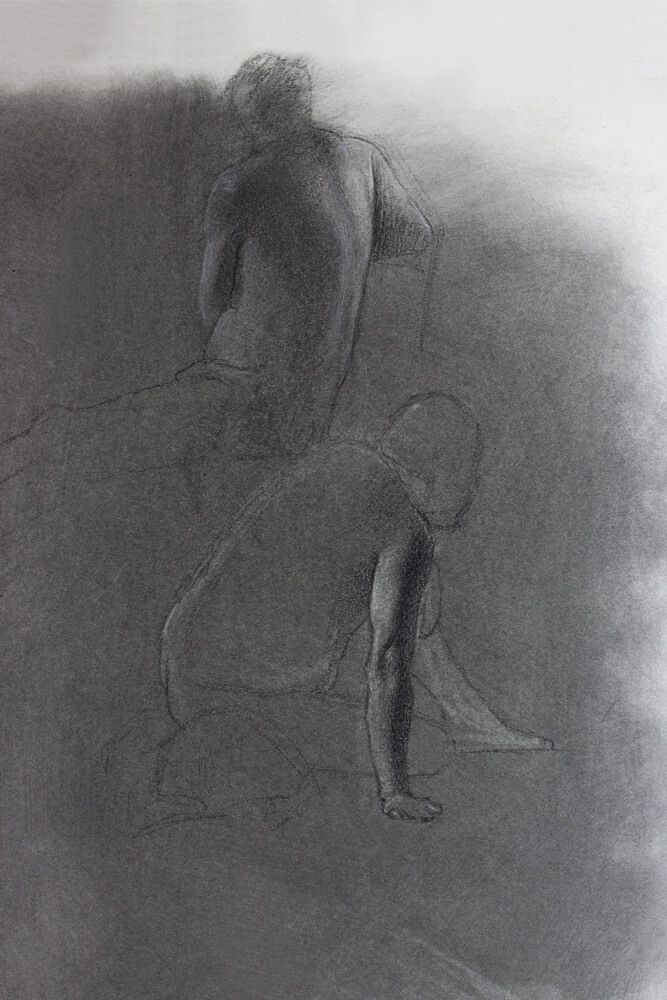 Quick sketch of two figures using black and white charcoal on homemade toned paper
Quick sketch of two figures using black and white charcoal on homemade toned paper
Besides making blended black and white
charcoal drawings, you might choose to tone your own paper because you
enjoy having some control over the texture or value of the resulting page, or you might simply need a sheet of toned paper in a pinch!
Materials Used to Make Toned Paper
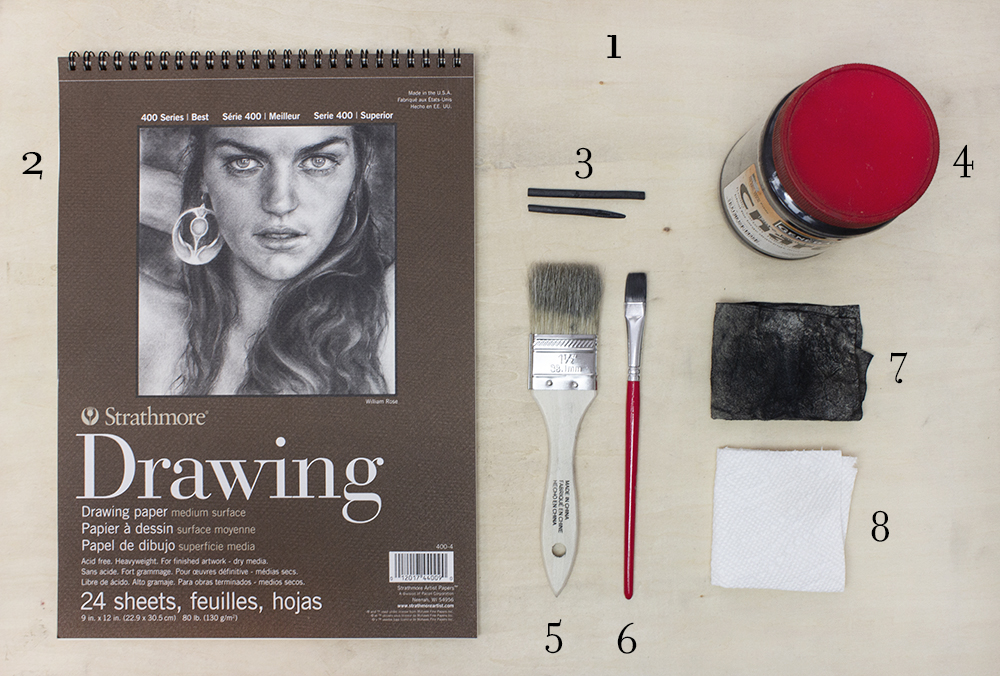
- Drawing board: I will use a drawing board as the surface on which I tone my paper. The surface underneath the page that you're toning will greatly affect the resulting texture and surface quality. For a smoother texture, use a smooth surface underneath (for example, layer several sheets of smooth drawing paper underneath the paper that you are toning).
- Drawing Paper: I will use Strathmore Drawing Paper for this tutorial, but you are welcome to experiment with different drawing papers! The quality of your paper (how smooth or textured it is) will affect how smoothly you will be able to darken your page. I will be toning the rougher side of my paper, but if you prefer a smoother texture, you can tone the smoother side.
- Vine or Willow Charcoal: Either will work! I will be using vine charcoal.
- General's Charcoal Powder: Powdered charcoal comes in a jar and lasts forever! If you don't have any charcoal powder, you can make some by taking a soft charcoal
pencil (such as a 6B) or vine/willow charcoal, and drawing a dense patch of
value on a scrap piece of paper. Pick up the leftover charcoal dust
with your paintbrush, and voila!
- Chip Brush: These are inexpensive, disposable brushes that are usually used for glues, adhesives, and paint removers. They work fabulously for spreading and smoothing powdered charcoal.
- Paint Brush: For a little bit more control when darkening specific areas of our toned paper, we will use a smaller (but still inexpensive) paint brush.
- Chamois: Also known as a 'shammy', this is a leather cloth used for blending charcoal and pastels.
- Paper Towel: An alternative to the chamois, a paper towel is an inexpensive and effective blending tool.
How to Make a Light Toned Paper
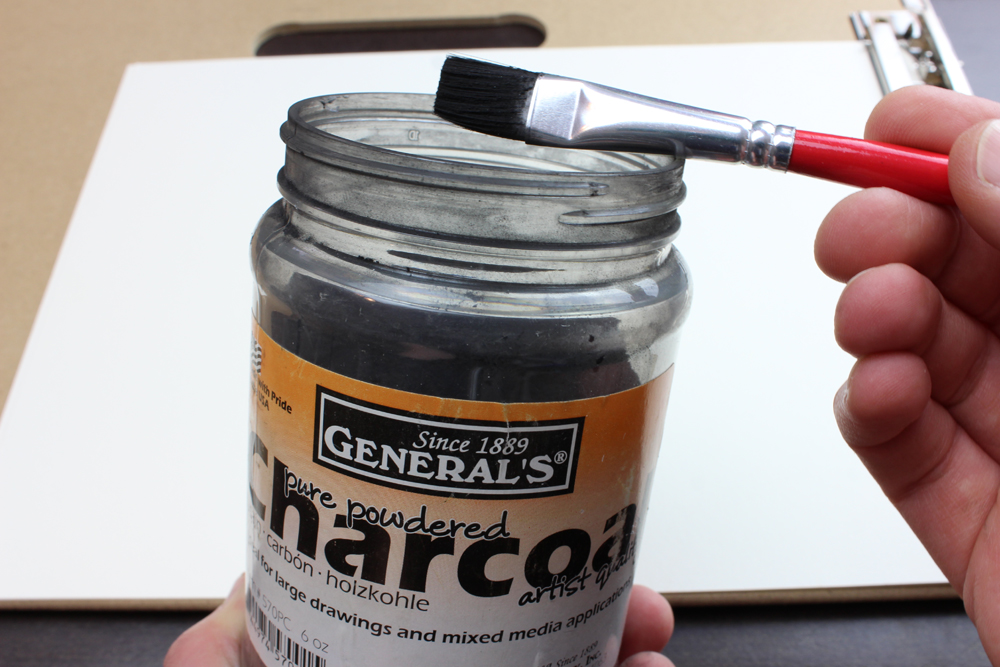
To make a very lightly toned paper, I'm going to use charcoal powder, an inexpensive paintbrush, and a chamois.
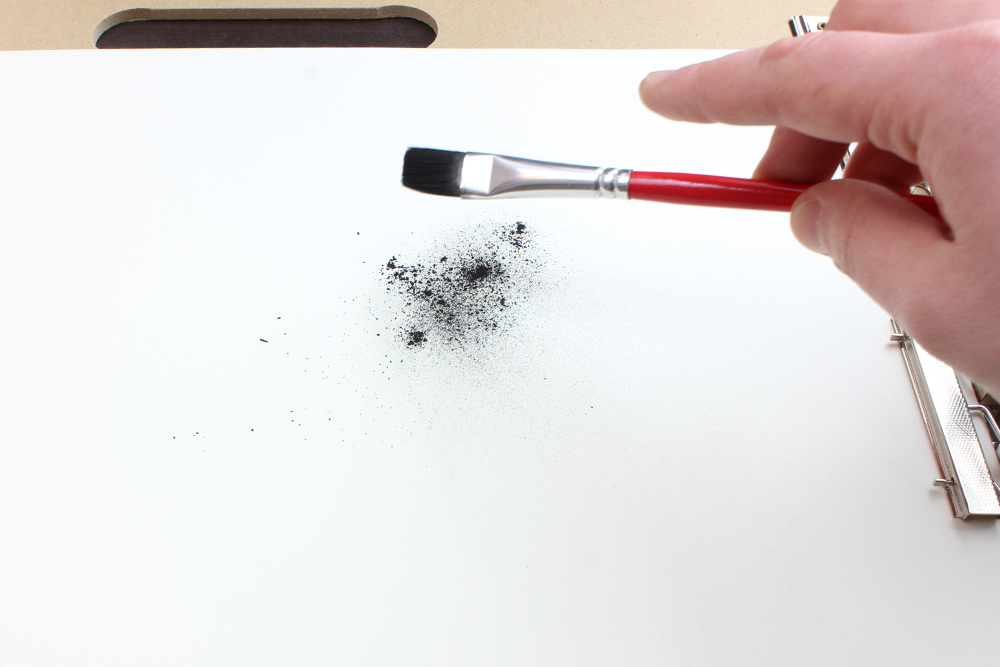
The first step is to place some charcoal powder on your page. I highly recommend dipping the paintbrush into the charcoal powder, and then tapping the powder from the brush onto the paper, as opposed to 'carefully' tipping the entire container or powdered charcoal over your paper. (I have had students try the latter with disastrous, albeit hilarious, effects!)
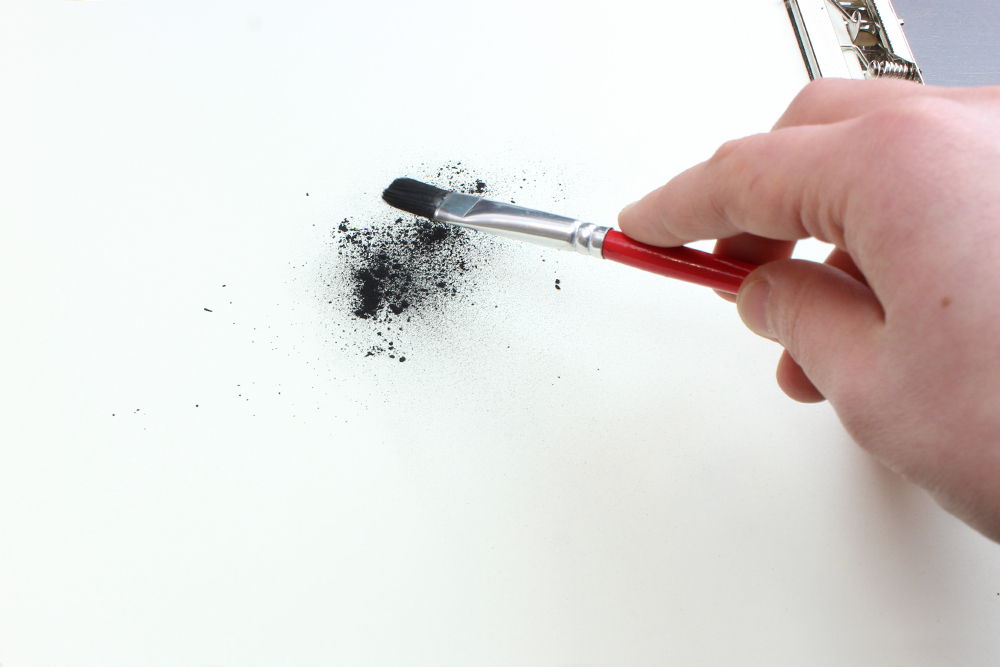
Start with less powdered charcoal than you think you will need! Excess charcoal dust on your paper will interfere with your drawing, so it is better to have not enough powder and have to add more than to have to remove extra charcoal (which is a very messy process).
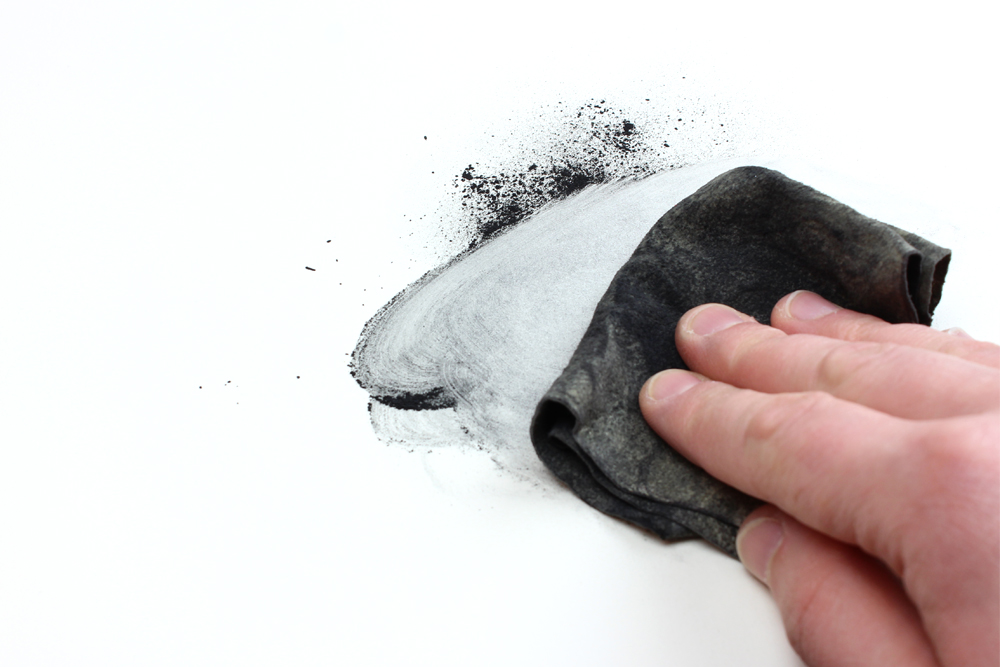
Once I have charcoal powder on my paper, I begin 'toning' the page by using the chamois to rub the powder into its pores.
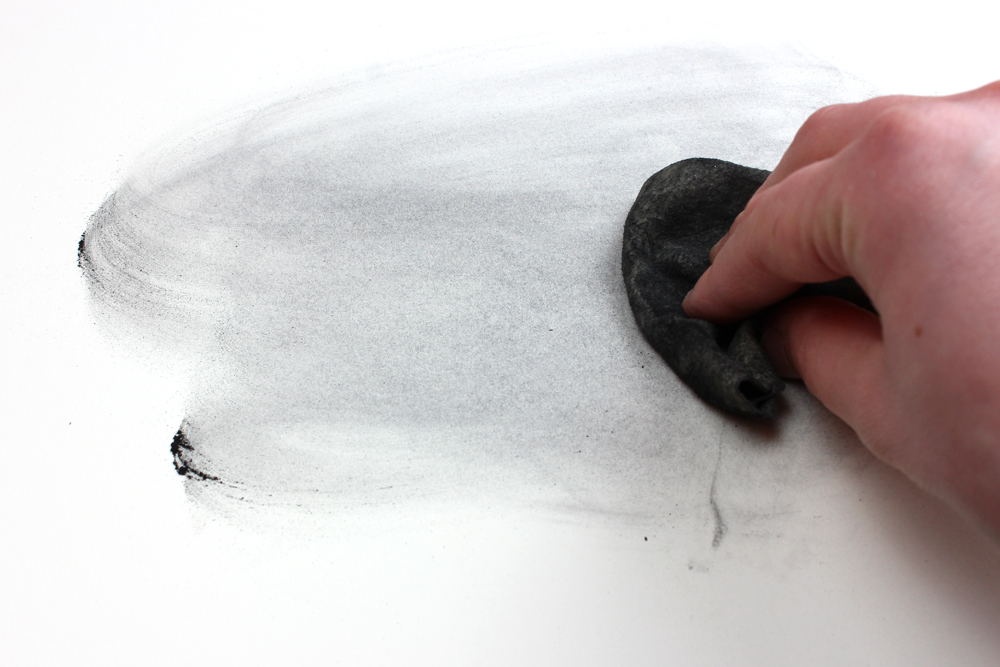
You'll notice that smoothing the powder can be done in a streaky way or a smooth way, depending on how you move the chamois. Experiment with this!
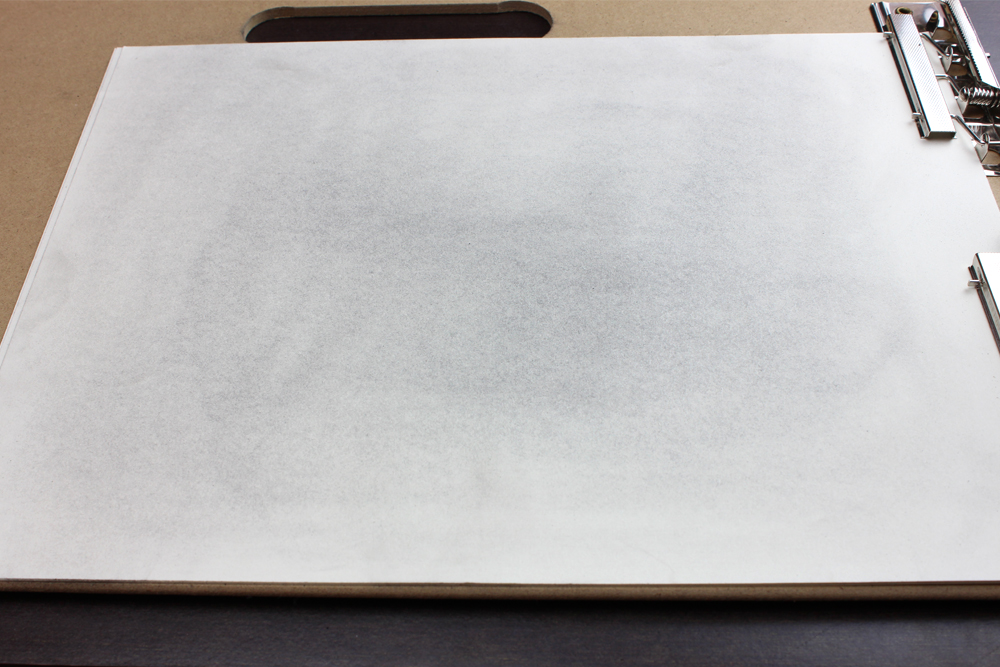
If your paper is looking far too light, or there isn't enough charcoal powder on your page to even out some of the streaks, add some more charcoal powder with your paintbrush and continue toning.
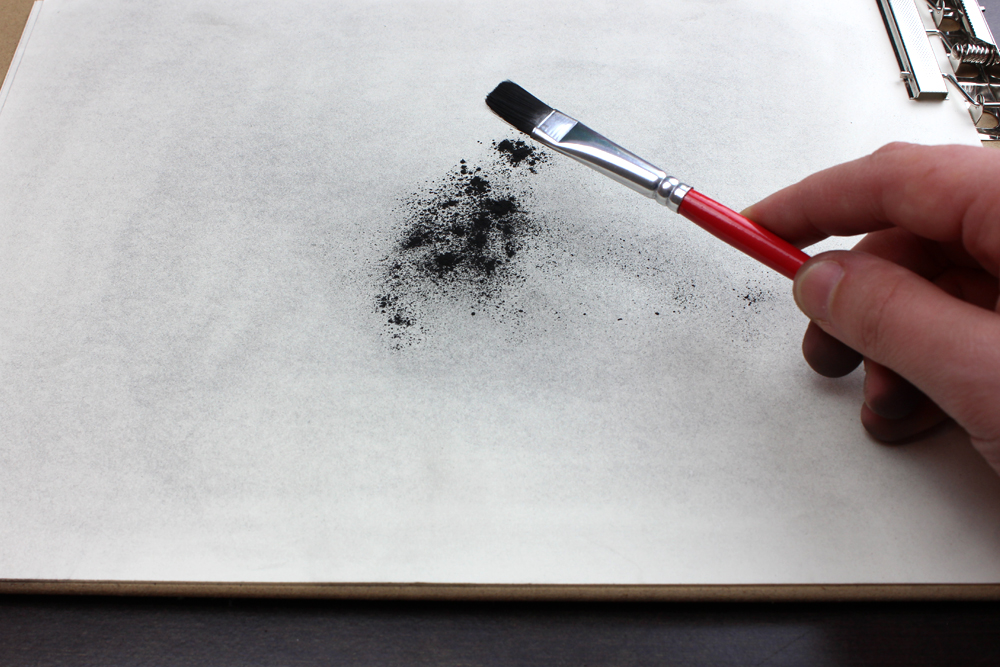
I add some more charcoal powder ...
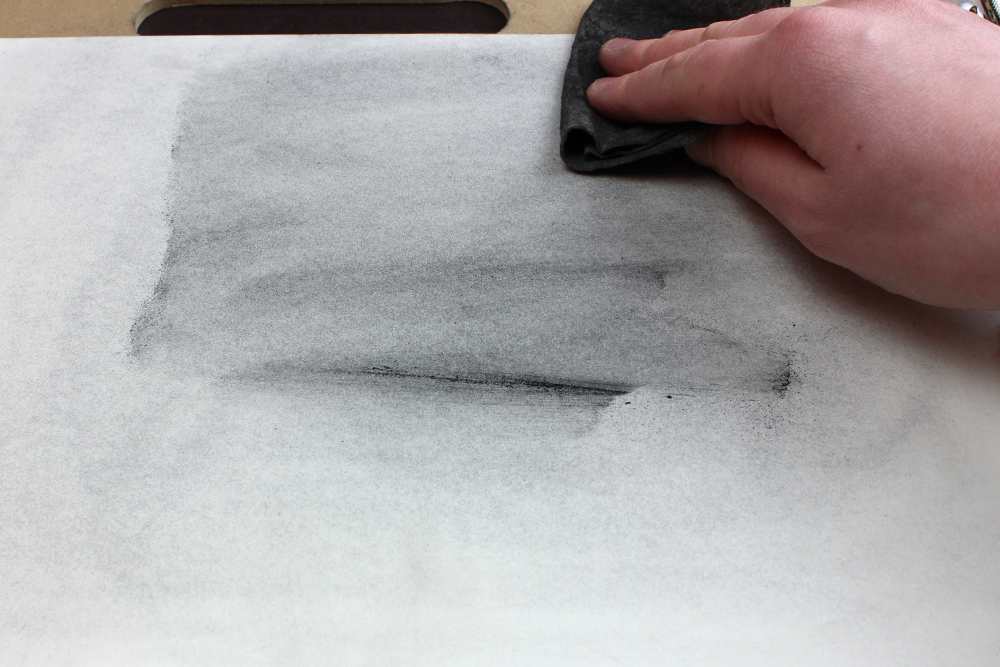
And give my toned paper a second pass with the chamois.
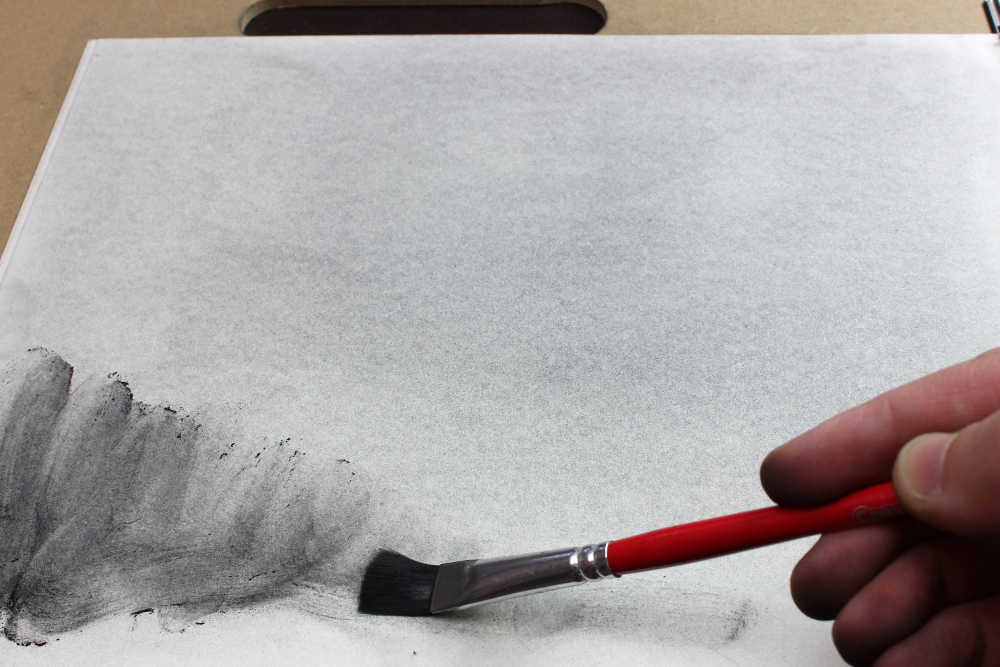
If there are specific areas of your paper that need more toning, your paintbrush can help you control where you apply more charcoal powder, as I'm doing in the image above.
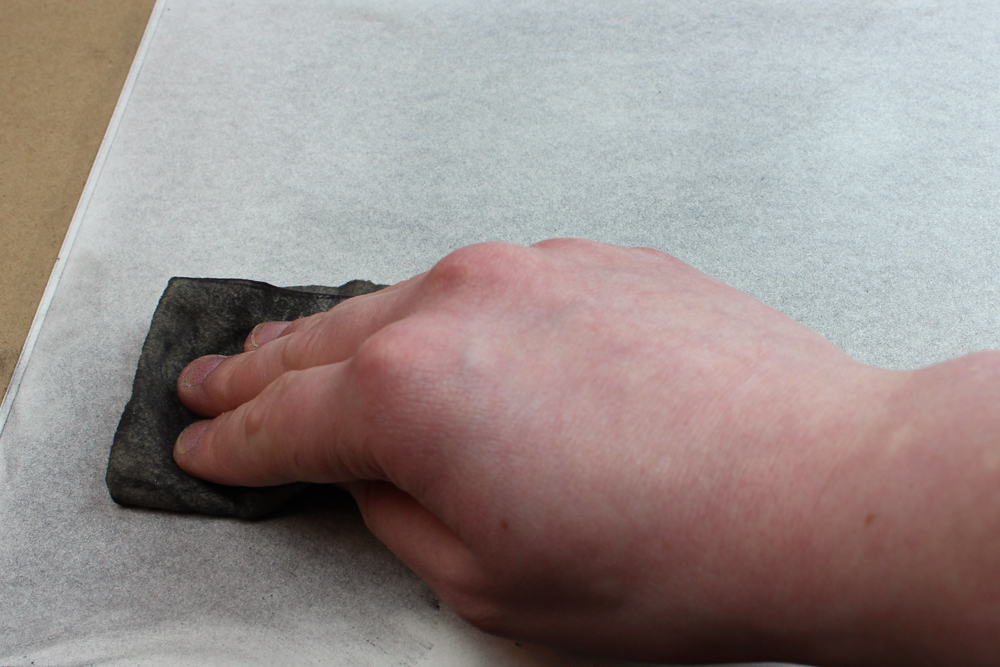
I smooth out the newly-added charcoal powder with my chamois ...
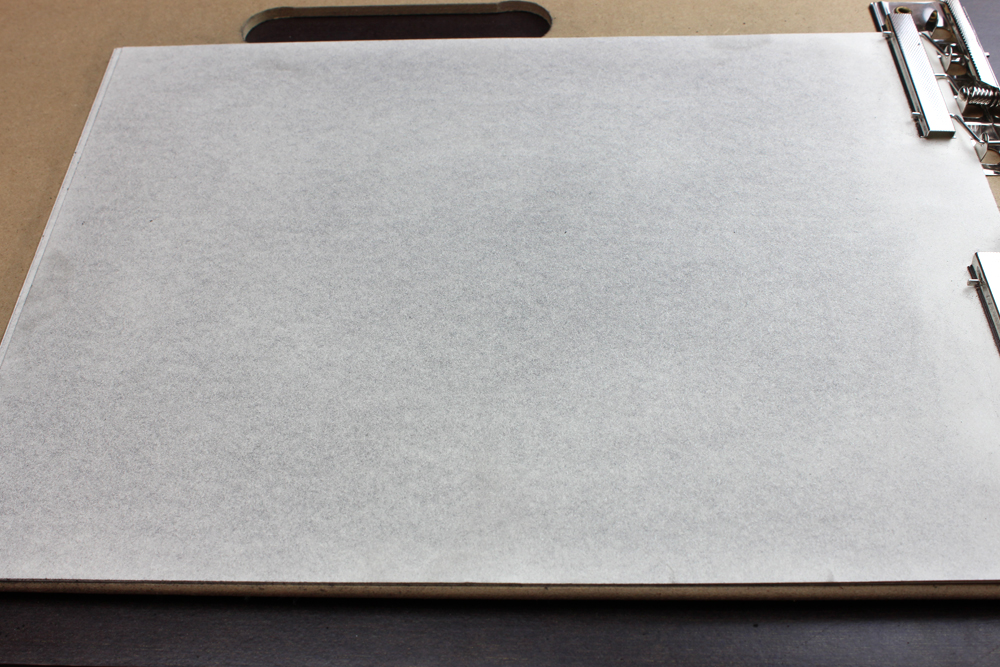
And voila! A lovely sheet of lightly toned paper.
I have found that charcoal powder in combination with a chamois tends to make the lightest, evenly-toned paper. Keep reading to learn how to make a darker toned paper!
How to Make a Darker Toned Paper
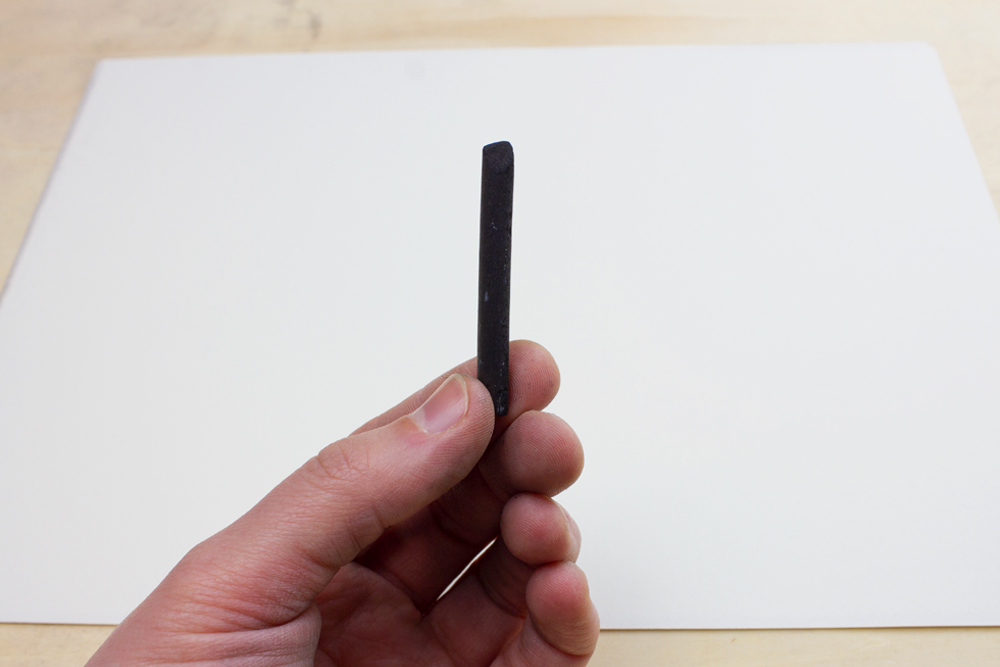
To create a darker toned paper, I'm going to use vine or willow charcoal instead of charcoal powder.
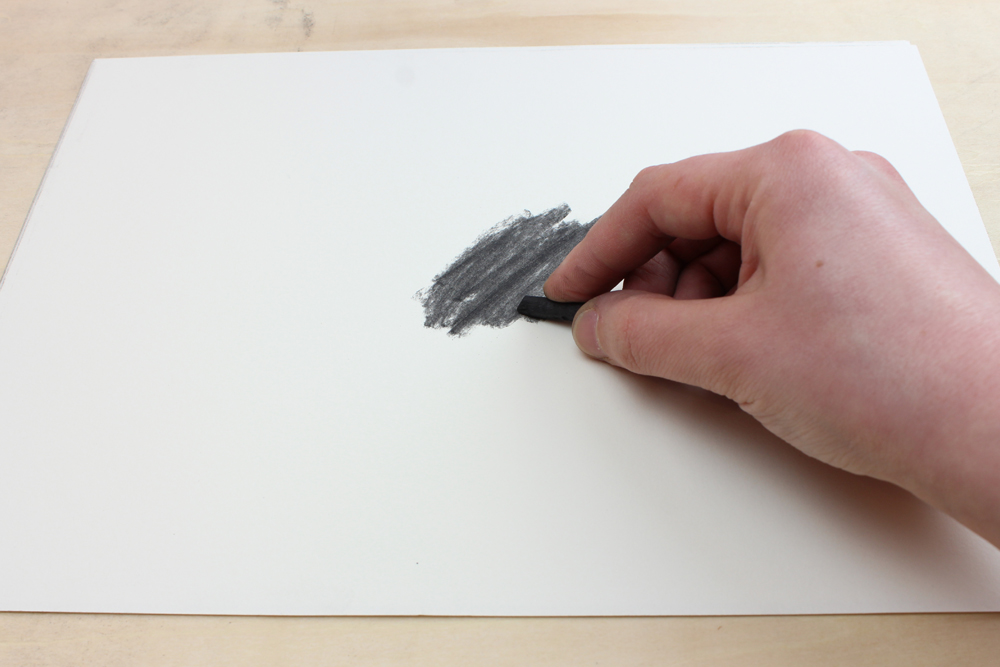
I begin by drawing a relatively dark value on my paper using the vine charcoal.
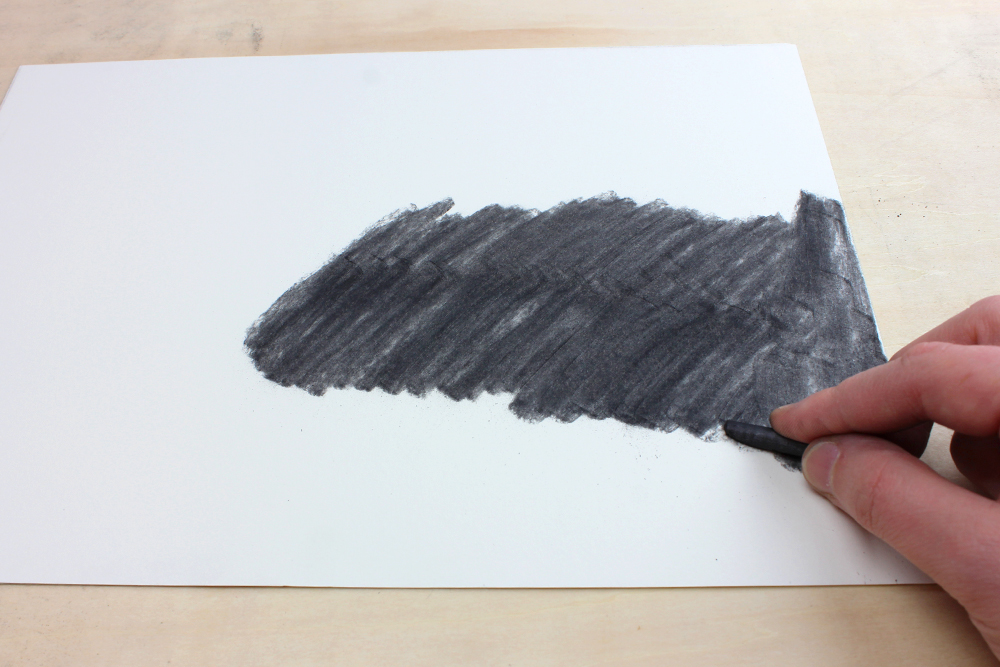
Though we will be smoothing out these initial pencil marks, the smoother we can apply the vine charcoal initially, the smoother our paper will be toned in the end.
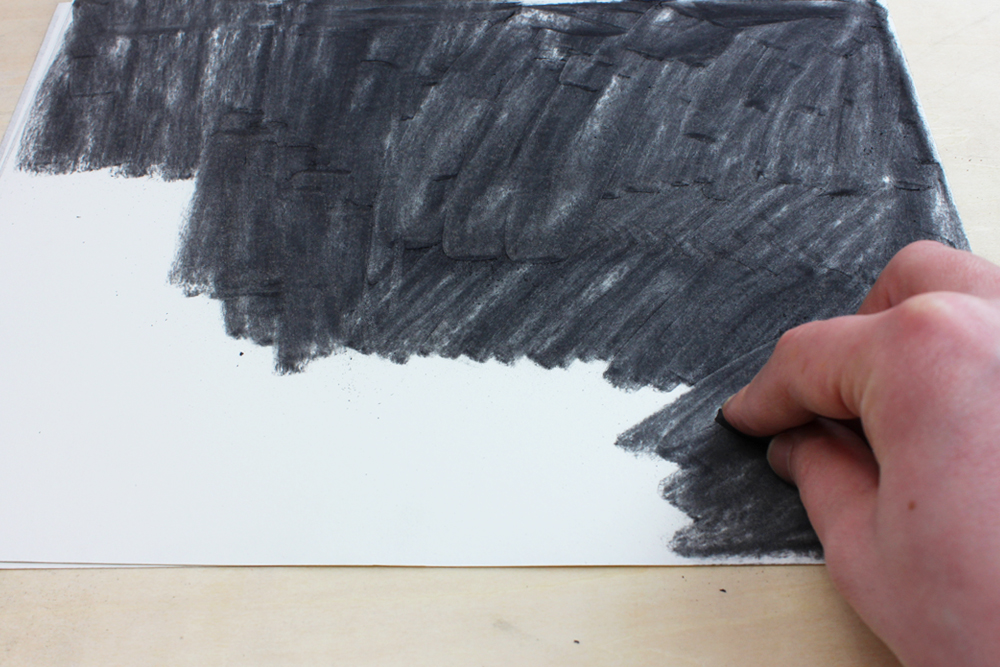
I continue filling the page with vine charcoal ...
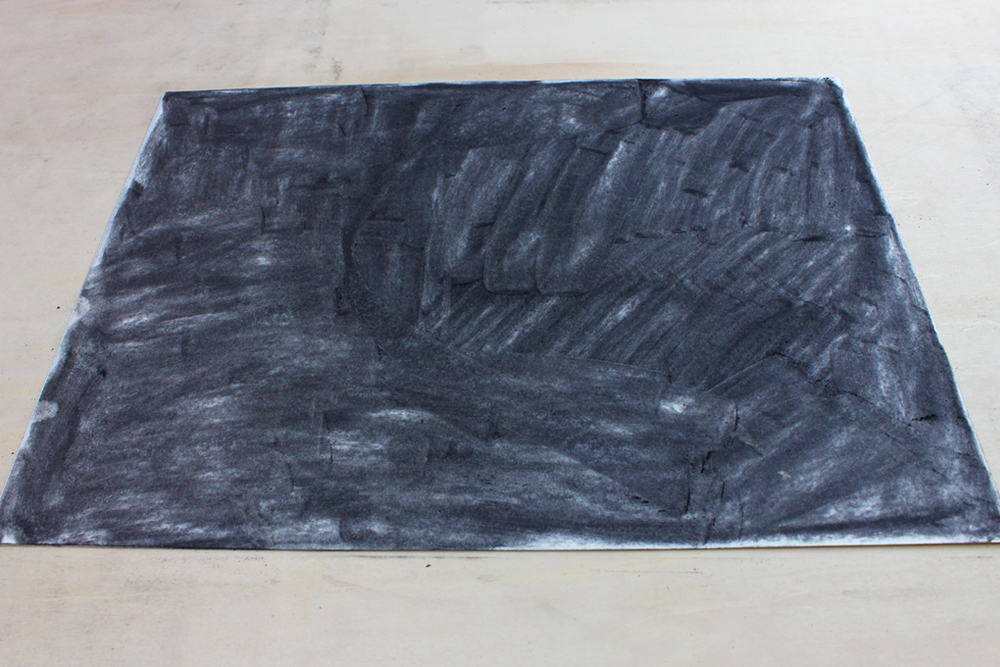
... until it is completely covered.
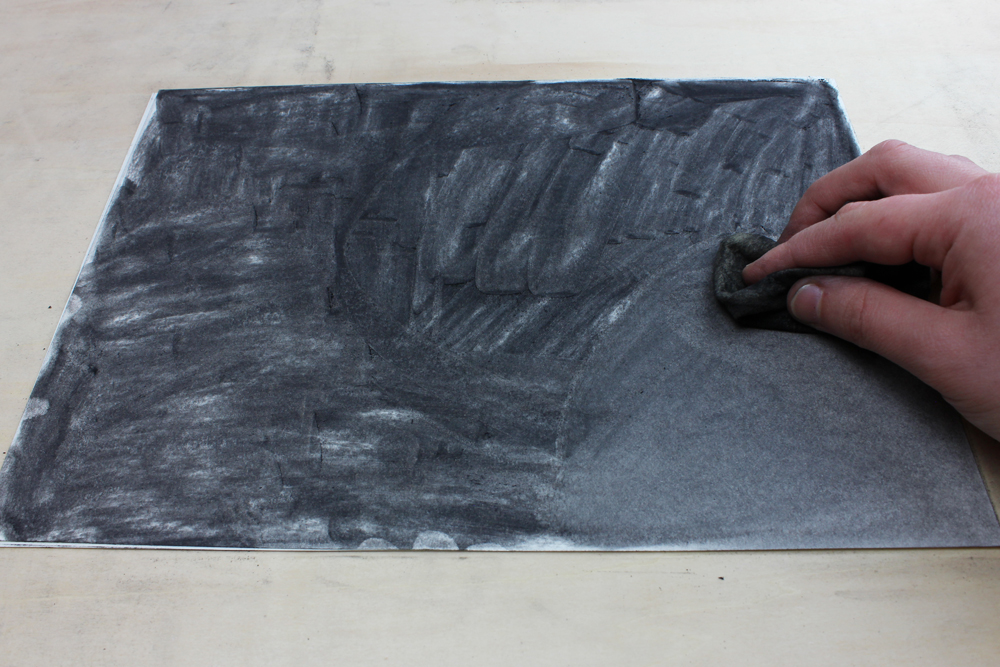
As I did in the earlier demo, I use the chamois to smooth out the vine charcoal.
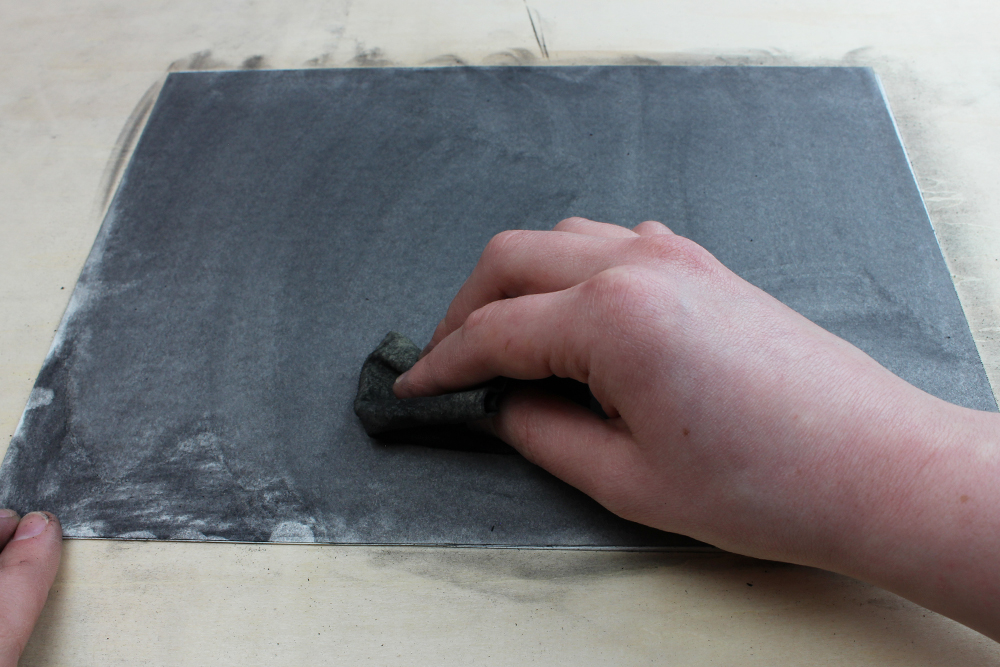
Leaving excess dust floating on the surface of the
paper will interfere with the drawing process - it will look like it is
a dark value, but as soon as you disturb it with a pencil, it will migrate.
If it looks streaky, as it does in the image above, I know that it is not 'stable' and to keep working the dust into the paper. If, after I've done this, there is still loose dust left on the surface, I simply wipe or siphon the excess dust off of the page.
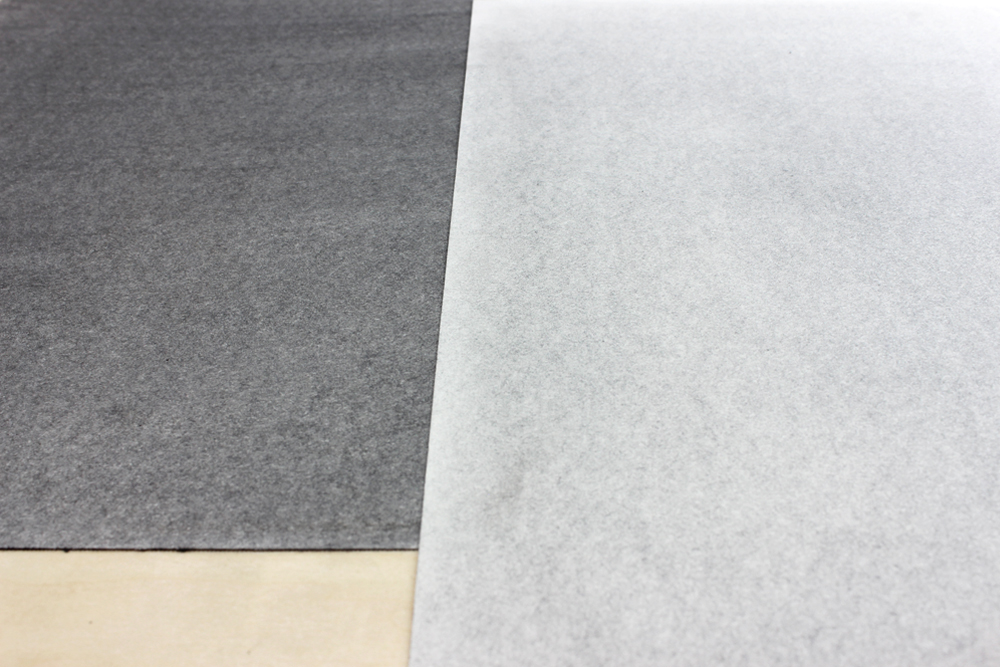
Here is my darker toned paper next to the lighter sheet that I toned in the first demo.
Alternative Materials to Use
No shammy? No problem. Here are alternative materials to use for blending charcoal.
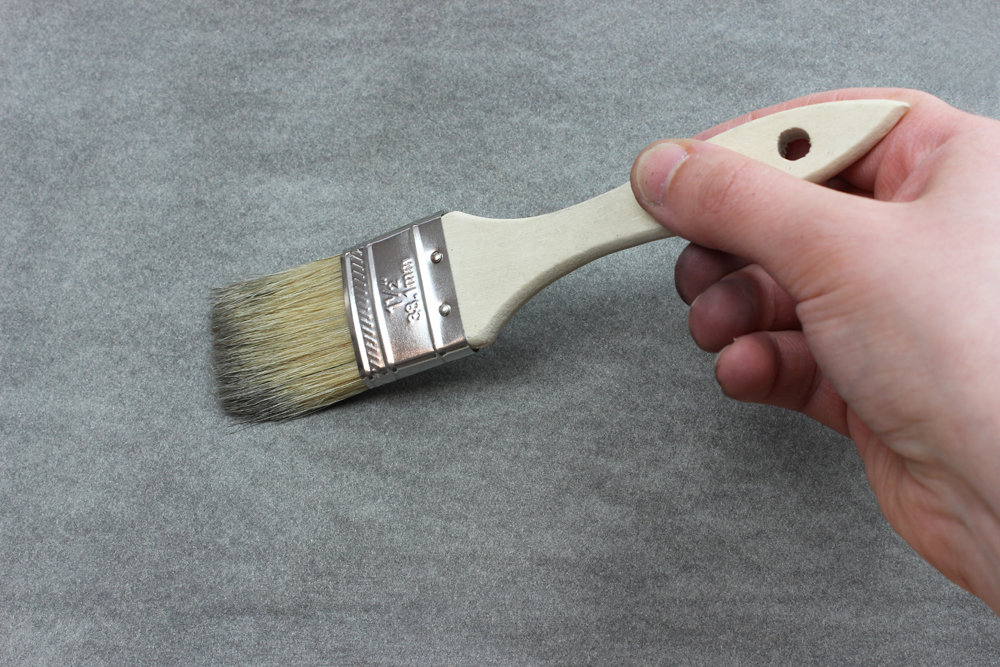
Whether you have used powdered charcoal or vine charcoal to tone your paper, you can use a chip brush to effectively blend either of them across the page.
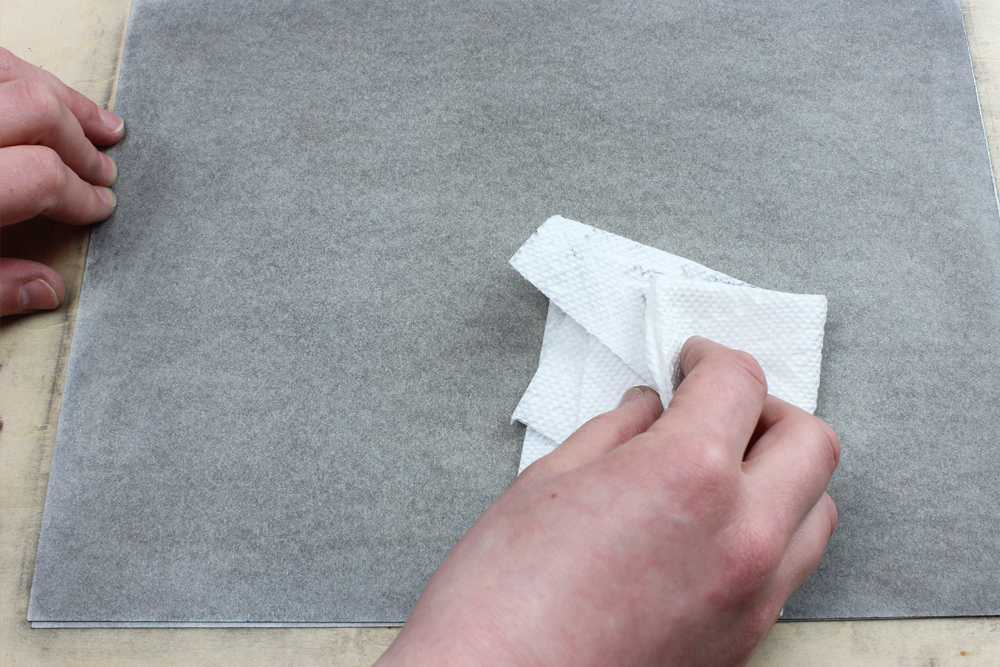
Finally, paper towels are perhaps the most accessible, and very effective blending tools!
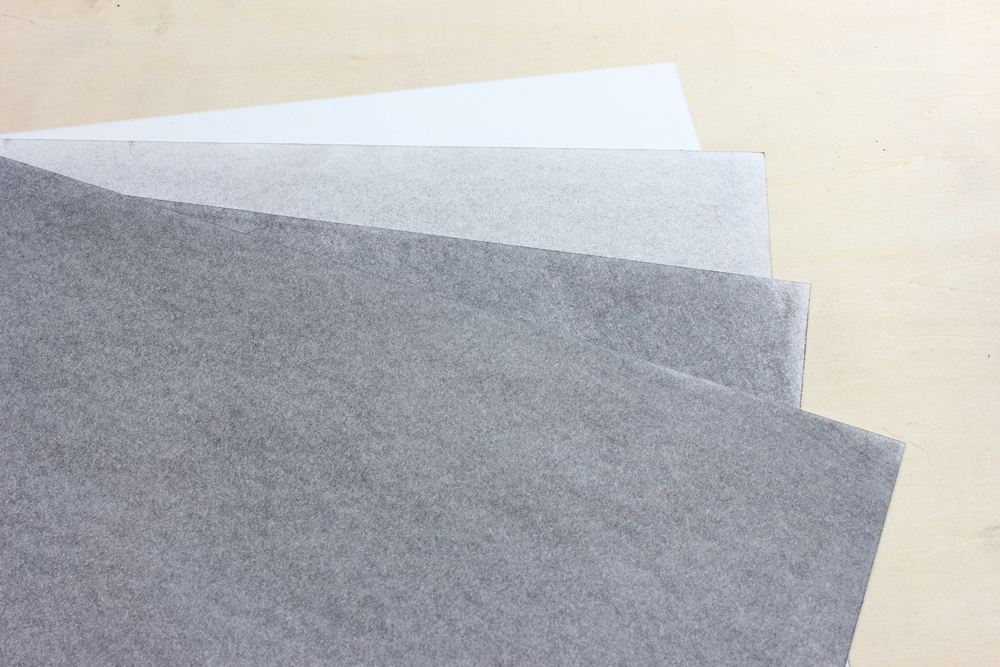
Experiment with toning different drawing papers, using various blending tools, on alternate surfaces, and see what you discover!
A Word of Caution
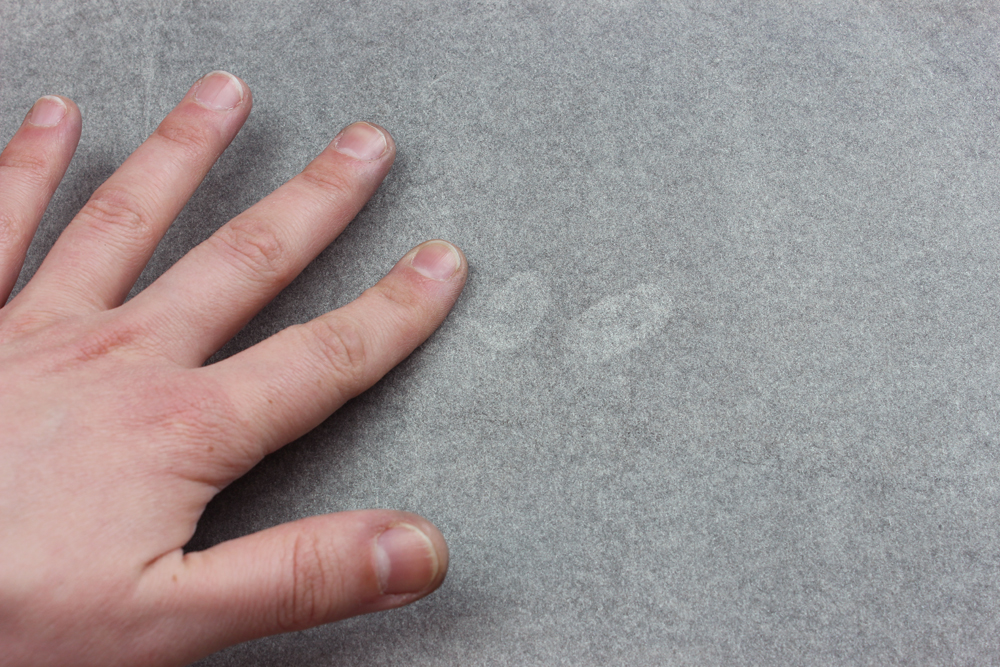
Charcoal powder, vine charcoal, and really charcoal in general, tends to lift off of the paper very easily, as demonstrated above! All drawing materials have their 'pros and cons', and this is something to simply accept about the medium of charcoal: it can be messy. As your experience and skill increases, you will be able to more effectively and strategically work with the properties of the medium.
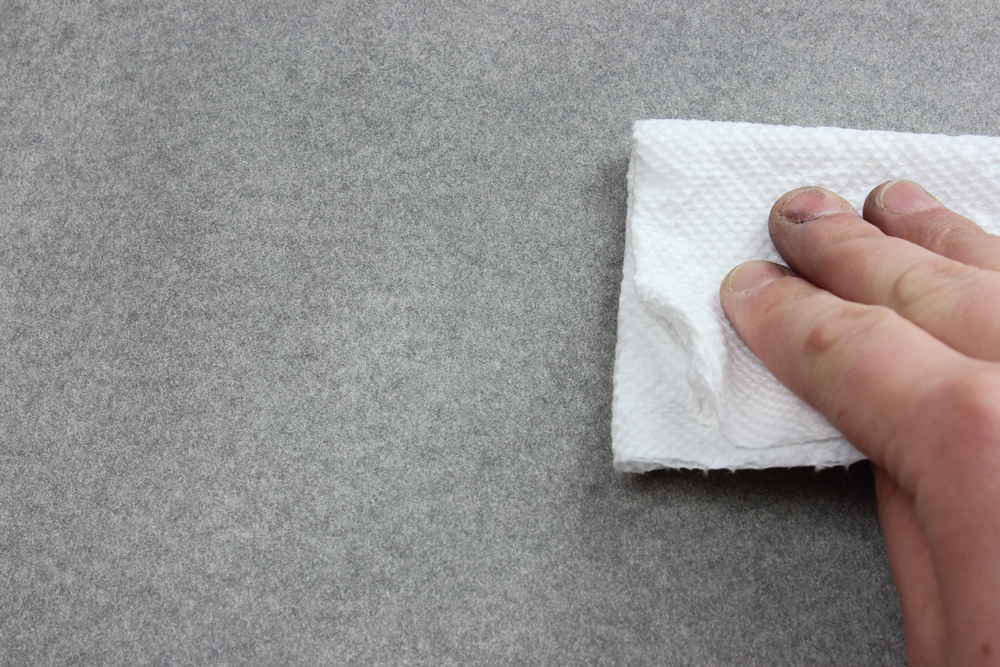
When you lift off some charcoal in an area that you didn't intend to (not if, but when), don't panic! Use whichever tool you used to spread out the charcoal during your paper-toning process to simply blend the offending area back into your background. For this you can use a chamois, paper towel, paintbrush, or chip brush. I suggest using the one you initially used to tone your paper.
What Next? Try Out Your Toned Paper!
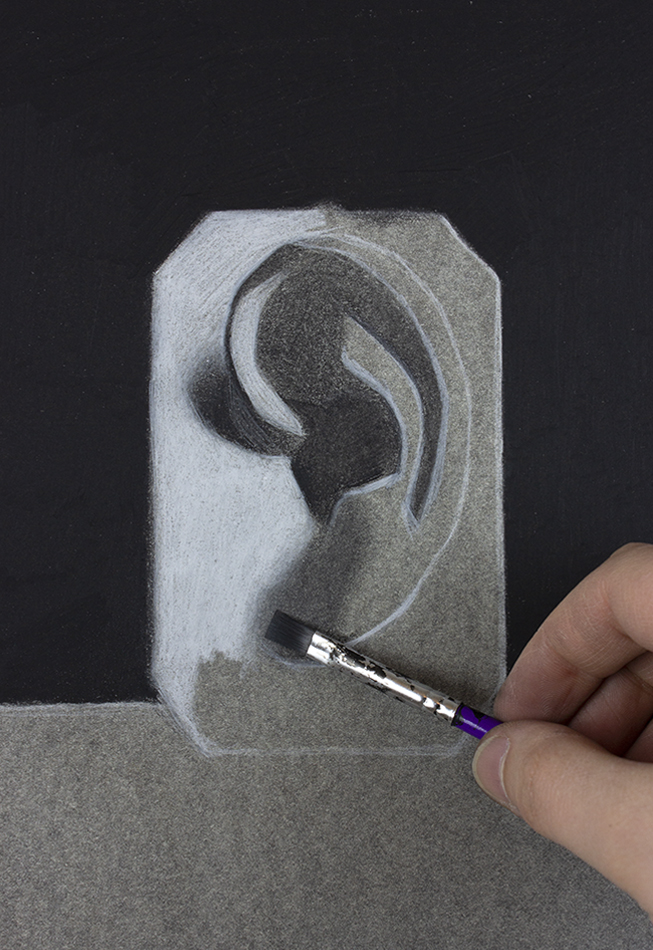
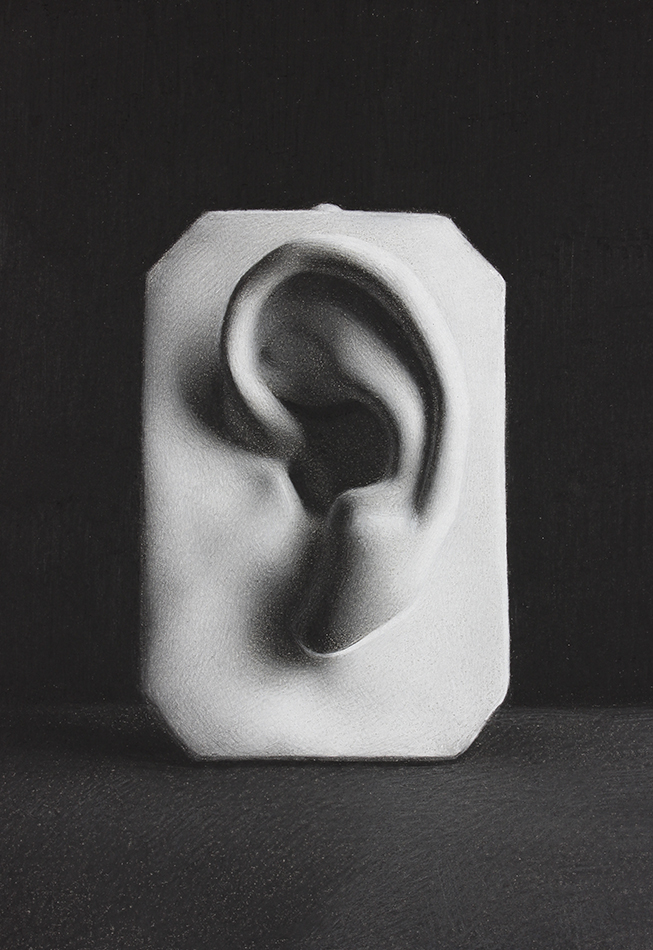
What next? Why not make some toned paper and draw along with me in this blended black and white charcoal drawing tutorial! You might also be interested in these 3 Ways to use White Charcoal Pencils.
Happy Drawing!
Enjoyed this page? Please share it!
Share buttons and pinnable images below:
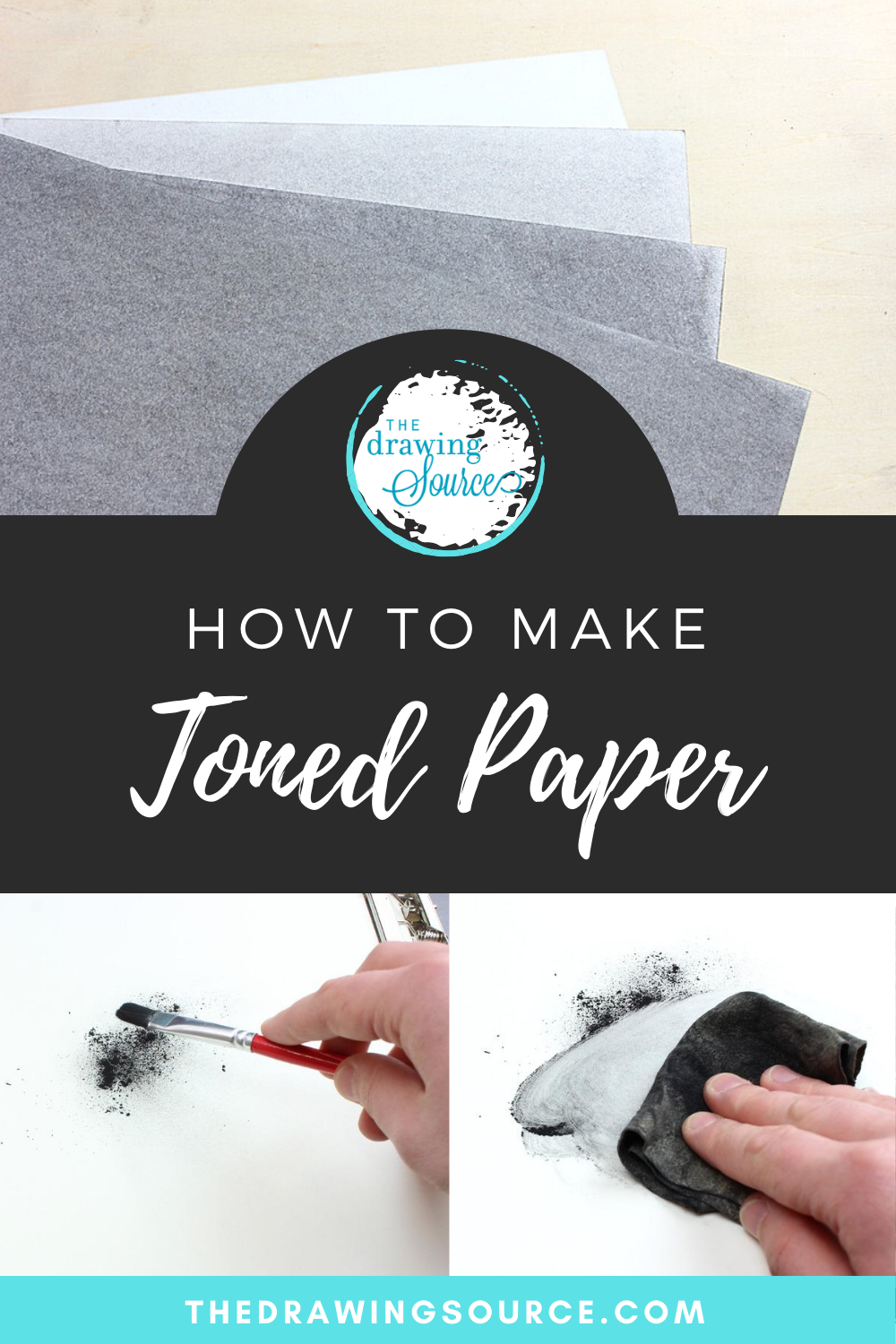
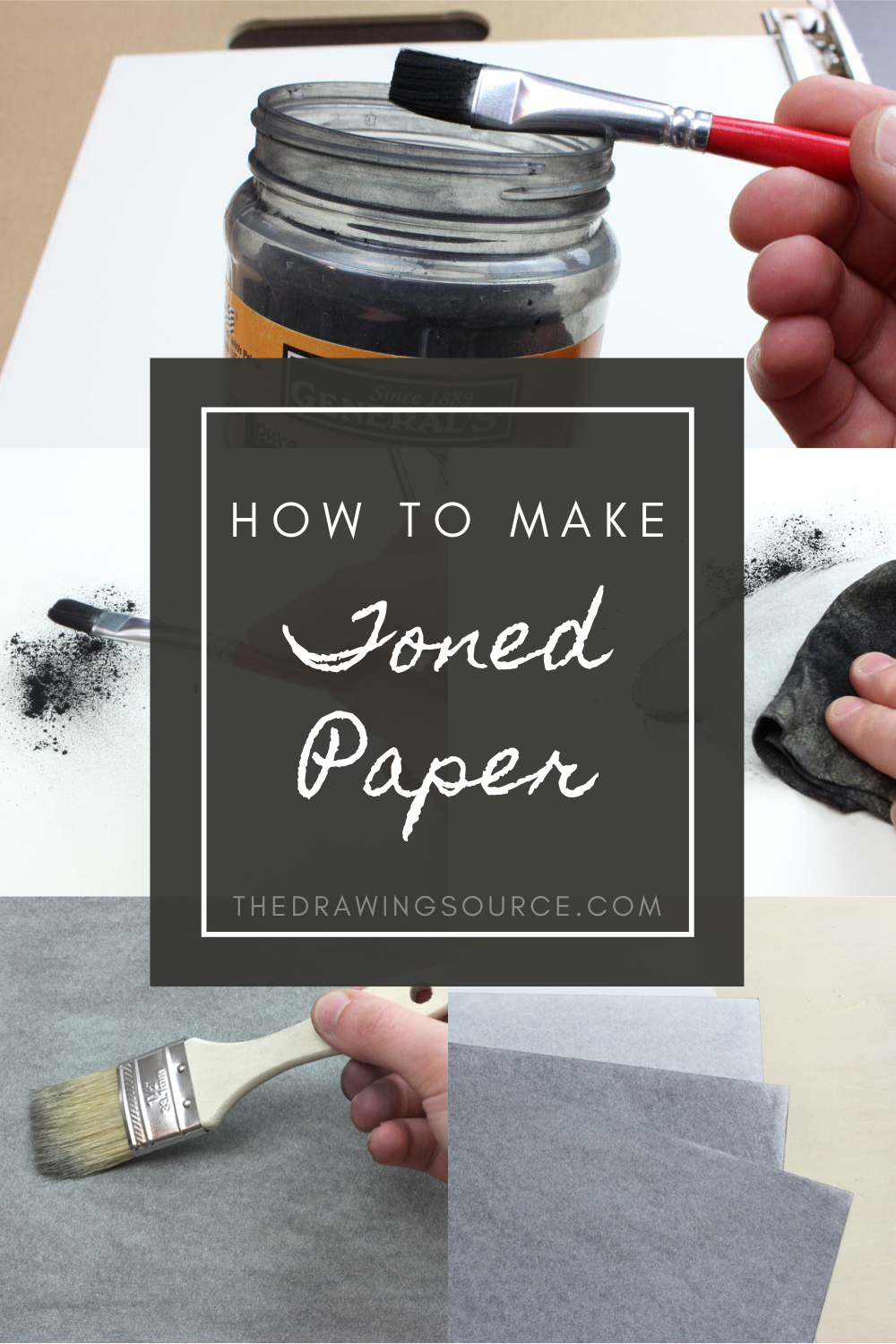
If you enjoyed this tutorial on how to make toned paper, you may also enjoy ...
Related Pages
